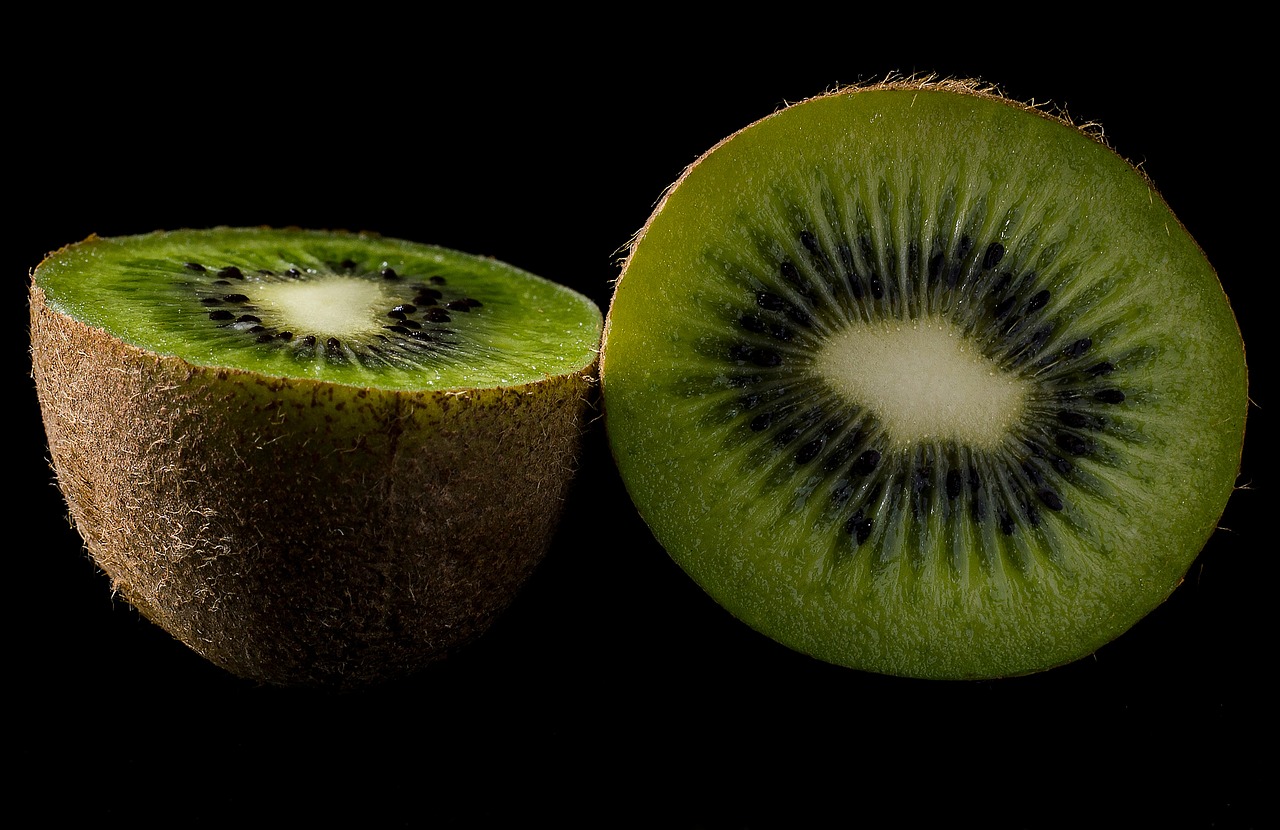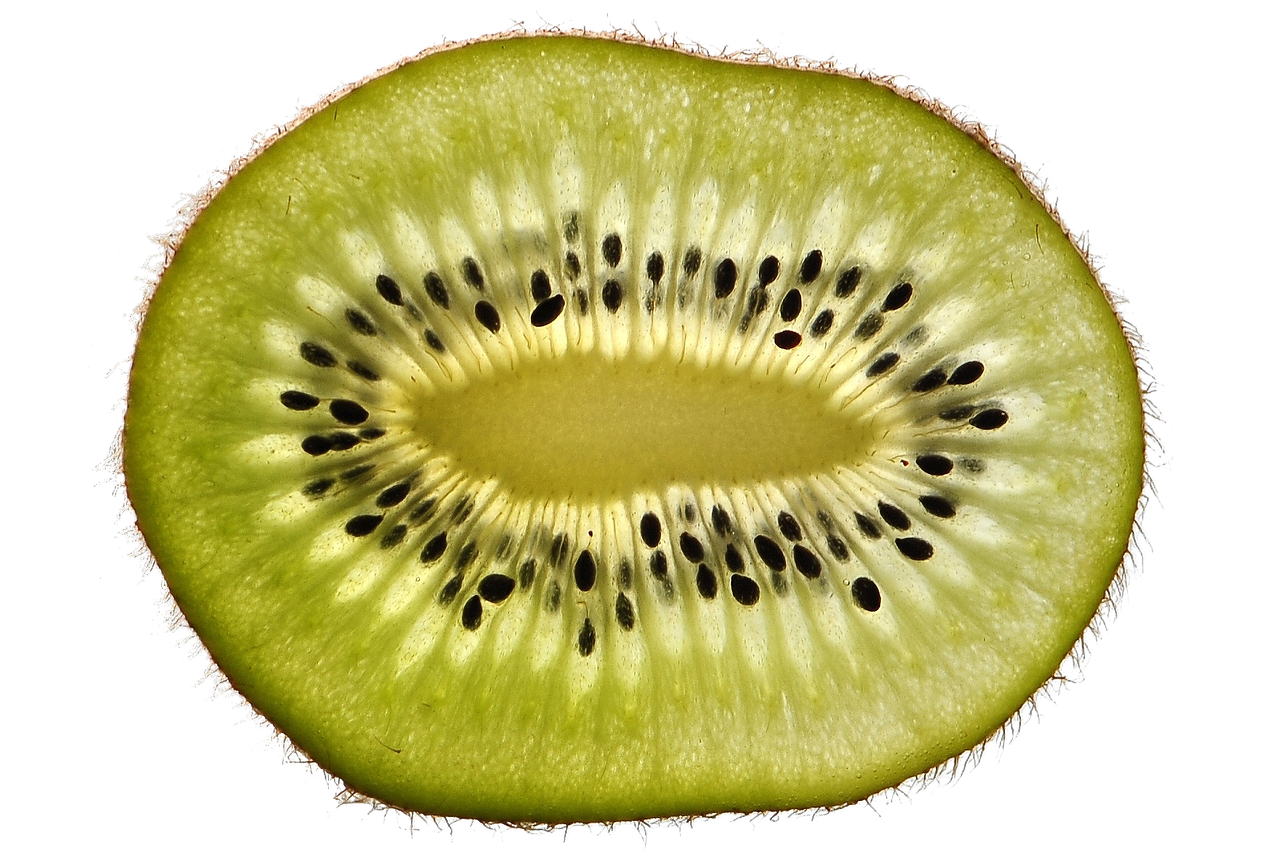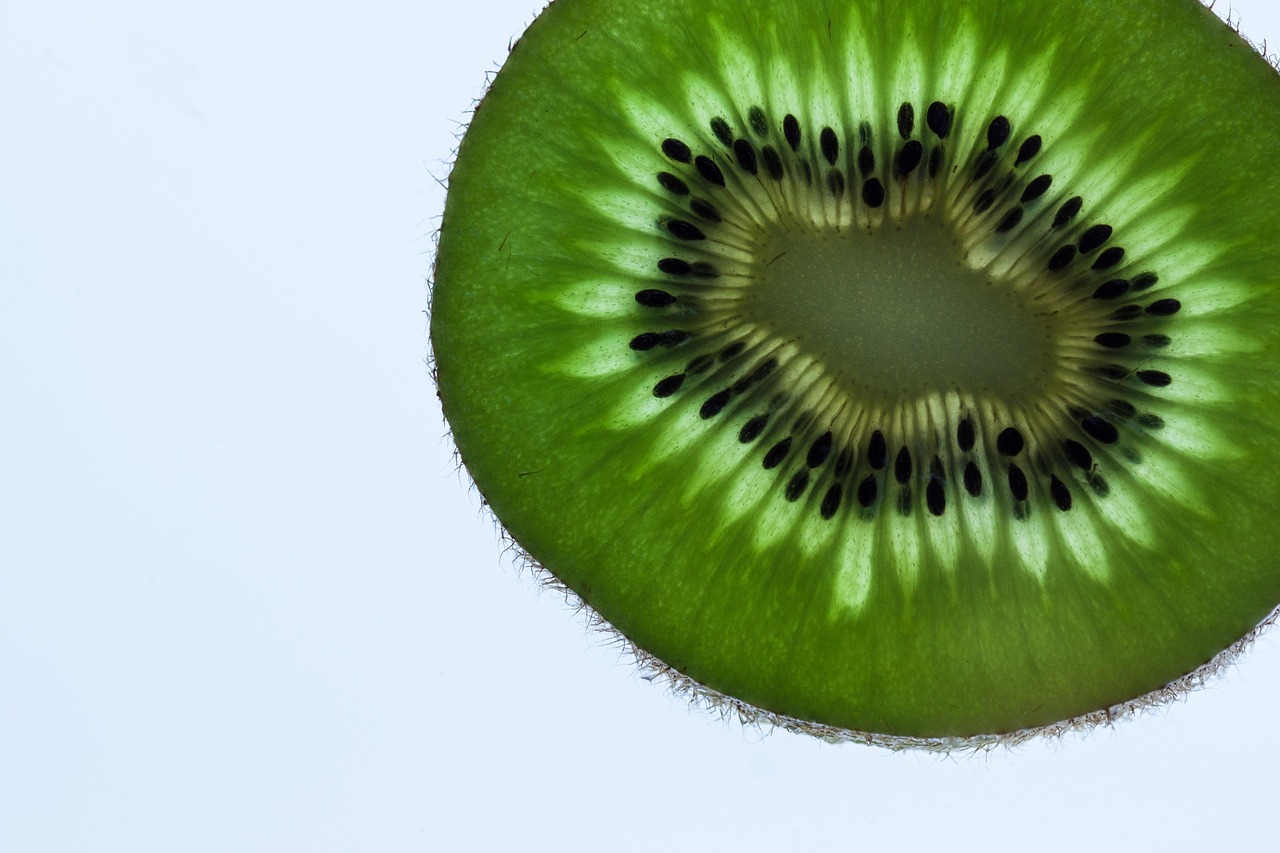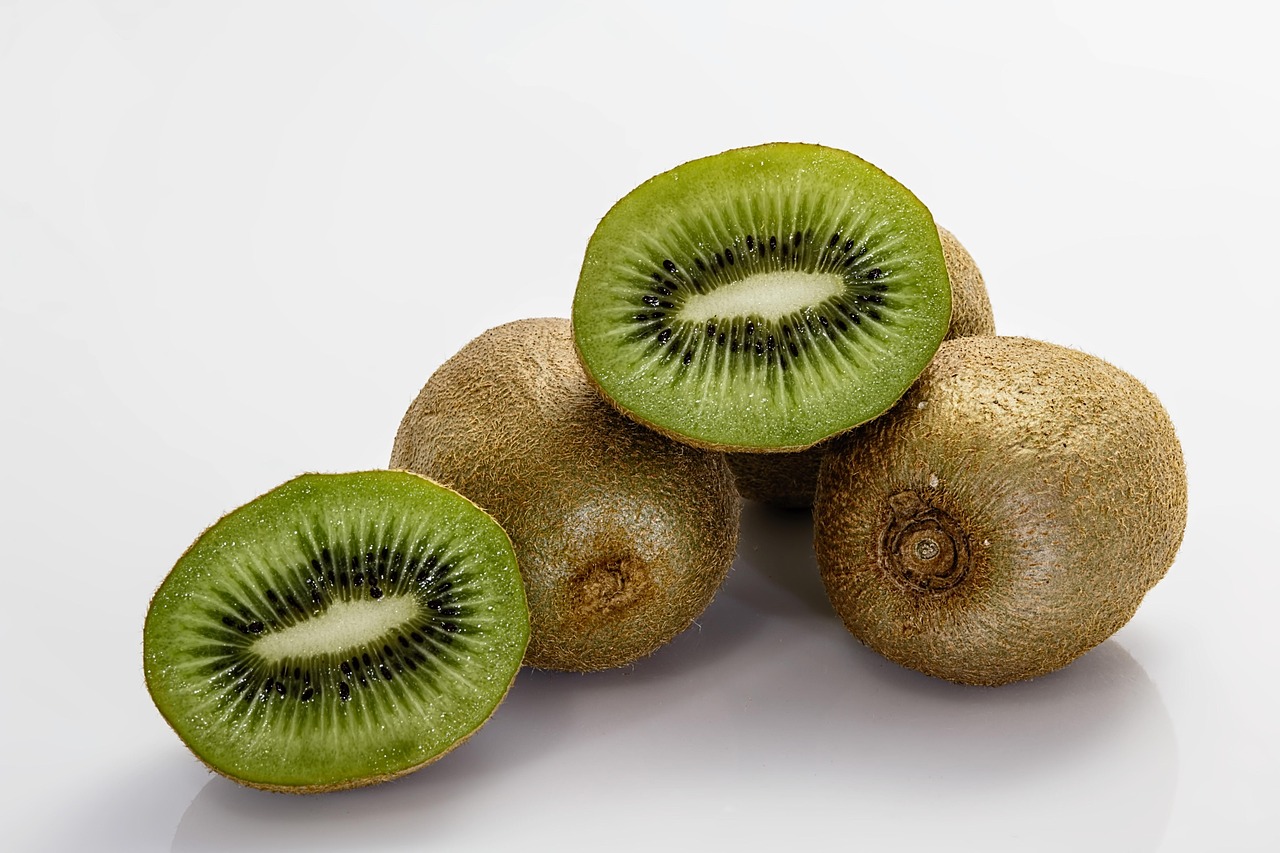Growing kiwi vines at home can be a rewarding experience. With the right conditions and care, you can enjoy delicious fruits from your garden. Start by choosing a suitable variety, providing adequate sunlight, and ensuring proper soil drainage for optimal growth.
Understanding Kiwi Vines

Kiwi vines, known scientifically as Actinidia deliciosa, are not only admired for their unique taste but also for their lush foliage. These vigorous climbing plants can reach lengths of up to 20 feet or more, making them a beautiful addition to any garden. They thrive in temperate climates and require specific growing conditions to flourish.
Kiwi plants are dioecious, meaning that male and female plants are necessary for fruit production. The female plants produce the tasty kiwi fruits, while the male plants mainly serve the purpose of pollination. Understanding this distinction is essential for anyone looking to grow kiwi successfully at home.
Choosing the Right Variety
When starting your kiwi vine journey, selecting the right variety is crucial. Here are some popular options:
- Hardy Kiwi (Actinidia arguta): Smaller fruits that are cold-tolerant and can withstand temperatures as low as -25°F.
- Green Kiwi (Actinidia deliciosa): The most common variety, known for its larger fruits and sweet flavor.
- Arctic Kiwi (Actinidia kolomikta): A decorative plant with edible fruits that is also hardy in colder climates.
Site Selection and Soil Preparation
Kiwi vines require a sunny location to thrive. Aim for a spot that receives at least 6 to 8 hours of direct sunlight each day. In addition to sunlight, it’s essential to ensure that the soil is well-drained and rich in organic matter. Kiwi plants prefer slightly acidic to neutral pH levels, ideally between 5.0 and 7.0.
Before planting, prepare the soil by performing a soil test. This will help determine the pH and nutrient levels present in your garden. Based on the results, you may need to amend the soil with compost or other organic materials to improve fertility and drainage.
Planting Kiwi Vines
The best time to plant kiwi vines is in the spring after the last frost. Follow these steps for successful planting:
- Dig a hole that is twice as wide as the root ball of your kiwi vine.
- Gently loosen any tightly bound roots before placing the plant in the hole.
- Add compost or well-rotted manure to the backfill soil for added nutrients.
- Water thoroughly after planting to help settle the soil around the roots.
Caring for Kiwi Vines
After planting, it is important to care for your kiwi vines properly to ensure they grow healthy and strong. Here are some key care tips:
- Watering: Kiwi vines need consistent moisture but avoid waterlogging. Aim for deep watering once a week during dry spells.
- Fertilizing: Use a balanced fertilizer in early spring to promote growth. Follow package instructions for application rates.
- Pruning: Prune your vines annually in late winter or early spring to encourage strong growth and improve air circulation.
Pest and Disease Management
Like any garden plant, kiwi vines can be susceptible to pests and diseases. Common pests include aphids and spider mites, while diseases such as root rot can occur in poorly drained soil. Regularly inspect your plants for any signs of trouble and address issues promptly with organic or chemical treatments as necessary.
Climate Considerations
The climate plays a significant role in the success of growing kiwi vines. They generally prefer temperate climates with distinct seasons. Ensure that your local climate supports their growth before planting. If you live in an area with harsher winters, consider selecting hardier varieties or providing winter protection for your plants.
| Aspect | Requirements |
|---|---|
| Sunlight | 6-8 hours daily |
| Soil pH | 5.0 – 7.0 |
| Watering Frequency | Weekly during dry periods |
Pollination and Fruit Development
Pollination is a crucial step in the fruit development process for kiwi vines. Since kiwi plants are dioecious, it is essential to have both male and female plants in close proximity to ensure successful pollination. Here are some key points to consider:
- Male to Female Ratio: A good rule of thumb is to plant one male for every 5 to 8 female vines. This ensures that the female plants receive adequate pollen for fruit set.
- Pollinator Attraction: Bees and other pollinators are vital for transferring pollen. To attract them, consider planting companion flowers nearby.
- Hand Pollination: In cases where natural pollination is insufficient, hand pollination can be performed using a small brush or cotton swab to transfer pollen from male flowers to female flowers.
Understanding Kiwi Flowering
Kiwi vines typically begin flowering in late spring to early summer, depending on the climate and variety. The flowers are white or cream-colored and are fragrant, attracting various pollinators. Here are some characteristics of kiwi flowers:
- The flowers develop on new growth from the previous year.
- Male flowers are generally smaller and grow in clusters.
- Female flowers tend to be larger and solitary, featuring a prominent ovary that develops into the fruit.
Proper care during the flowering period is essential for fruit production. Ensure your vines are well-watered and free from pests to promote healthy flowers.
Fruit Growth Cycle
Once pollination occurs, the development of kiwi fruits begins. The growth cycle can be divided into several stages:
- Initial Growth: After successful pollination, tiny fruits begin to form within a few weeks.
- Size Increase: Over the summer months, the fruits will grow significantly, increasing in size and weight. This is also when they begin to develop their characteristic fuzzy skin.
- Maturation: Kiwi fruits typically take around 30-40 weeks from flowering to reach full maturity. They will change color from green to a light brown when ready for harvest.
Harvesting Kiwi Fruits
Knowing when and how to harvest kiwi fruits is essential for enjoying their best flavor. Here are some tips for successful harvesting:
- Timing: Harvest kiwi fruits when they feel slightly soft but still firm. They should not be overly mushy, as this indicates overripeness.
- Method: Gently twist or cut the stems using pruning shears to detach the fruits from the vine. Avoid pulling, as this can damage the plant.
- Post-Harvest Care: After harvesting, kiwi fruits can be stored at room temperature for a few days or refrigerated for extended freshness.
Pest Management Strategies
To maintain healthy kiwi vines, it is vital to monitor and manage pests effectively. Common pests include:
- Aphids: Small insects that suck sap from the leaves, causing yellowing and distortion.
- Spider Mites: These tiny pests thrive in dry conditions and can cause leaf damage.
- Caterpillars: Various species may feed on leaves, affecting the plant’s growth.
Consider implementing integrated pest management (IPM) strategies. This includes encouraging beneficial insects like ladybugs, using insecticidal soap, and maintaining proper plant health through watering and fertilization.
Disease Prevention and Management

Kiwi vines can also suffer from various diseases that affect their growth and fruit production. Key diseases include:
- Root Rot: Caused by overwatering or poor drainage, leading to wilting and yellowing leaves.
- Powdery Mildew: A fungal disease characterized by white spots on leaves, often exacerbated by high humidity.
- Bacterial Canker: This disease leads to dark lesions on stems and leaves. It can be particularly damaging if not managed promptly.
To prevent these diseases, ensure proper irrigation practices, maintain good air circulation around plants, and remove any infected plant material promptly. Applying fungicides may also be necessary in some cases.
Winter Care for Kiwi Vines

If you live in an area with cold winters, taking steps to protect your kiwi vines during this season is crucial. Here are some methods to ensure their survival through winter:
- Mulching: Apply a thick layer of mulch around the base of the plants to help insulate the roots against freezing temperatures.
- Pruning: Prune your vines before winter sets in to remove any dead or diseased wood, which can harbor pests during the colder months.
- Trellising: Training vines along a trellis not only saves space but also helps protect them from heavy snow or ice that could weigh them down.
Taking these precautions can significantly enhance your chances of successfully growing kiwi vines year after year.
Companion Planting for Kiwi Vines
Companion planting can significantly enhance the growth and health of kiwi vines. By strategically planting certain flowers and plants near your kiwi vines, you can improve pollination, deter pests, and boost overall plant health. Here are some beneficial companion plants:
- Marigolds: These bright flowers are known for their ability to repel nematodes and other harmful insects.
- Lavender: This aromatic herb attracts beneficial pollinators while deterring pests with its strong scent.
- Basil: Not only does basil repel certain insects, but it also enhances the flavor of nearby plants.
Watering Techniques for Optimal Growth
Proper watering is crucial for the healthy growth of kiwi vines. Here are some effective watering techniques to ensure your plants receive the right amount of moisture:
- Deep Watering: Water deeply and less frequently to encourage deep root growth. Aim to provide about 1 inch of water per week, adjusting for rainfall.
- Drip Irrigation: Consider using a drip irrigation system to deliver water directly to the roots, minimizing evaporation and ensuring efficient use of water.
- Mulching: Applying mulch around the base of the plants helps retain moisture in the soil and reduces the need for frequent watering.
Nutrient Requirements for Healthy Kiwi Vines
Kiwi vines thrive in nutrient-rich soil. Understanding their nutrient requirements will help you provide the right conditions for growth. Key nutrients to focus on include:
- Nitrogen: Essential for leaf growth, nitrogen can be supplied through organic fertilizers like compost or well-rotted manure.
- Phosphorus: Important for root development and flowering, phosphorus can be added using bone meal or rock phosphate.
- Potassium: Vital for fruit development, potassium can be found in greensand or potassium sulfate.
Conducting a soil test can provide insights into nutrient deficiencies and guide your fertilization efforts effectively.
Training and Pruning Techniques
Proper training and pruning of kiwi vines are essential for maximizing fruit production and maintaining plant health. Here are some techniques to consider:
Trellising Methods
Trellising provides support for kiwi vines and helps manage their growth. Common trellising methods include:
- Single Wire Trellis: A simple design using a horizontal wire supported by posts allows vines to grow vertically.
- T-Frame Trellis: This structure features vertical and horizontal supports, providing ample space for vine growth.
- Arbor Trellis: An aesthetic option, an arbor trellis allows vines to grow over a pathway or seating area, creating a beautiful garden feature.
Pruning Techniques
Pruning is crucial for promoting healthy growth and maximizing fruit production. Key pruning techniques include:
- Summer Pruning: Lightly prune during the growing season to remove excess foliage and encourage better air circulation.
- Winter Pruning: In late winter, cut back excessive growth to shape the plant and remove any dead or diseased wood. Aim to maintain a balanced structure for optimal light penetration.
- Fruit Pruning: After harvesting, remove any old fruiting wood to stimulate new growth for next season.
Common Challenges in Kiwi Vine Cultivation

While growing kiwi vines can be rewarding, several challenges may arise. Identifying these challenges early can help mitigate their impact. Here are some common issues:
- Pest Infestations: As mentioned earlier, pests like aphids and spider mites can cause significant damage. Regular monitoring is key.
- Disease Outbreaks: Fungal diseases such as powdery mildew can spread if not managed efficiently. Implement preventive measures like adequate spacing and airflow.
- Environmental Stress: Extreme temperatures, drought, or excessive rainfall can stress kiwi vines, affecting their growth and fruit production.
Sustainable Practices for Growing Kiwi Vines
Implementing sustainable gardening practices not only benefits the environment but also promotes healthier plants. Consider adopting the following practices:
- Organic Fertilizers: Use organic amendments like compost, bone meal, or kelp meal to enrich the soil naturally.
- Pest Control: Encourage beneficial insects by planting a diverse range of flowers and herbs around your kiwi vines.
- Water Conservation: Practice efficient watering techniques such as drip irrigation to minimize water waste.
Sustainable practices will not only ensure your kiwi vines thrive but also contribute positively to the ecosystem of your garden.
Long-Term Care and Maintenance
As your kiwi vines mature, ongoing care becomes essential to ensure their longevity and productivity. Here are some long-term maintenance practices to consider:
- Regular Soil Testing: Conduct soil tests every couple of years to monitor nutrient levels and pH. This will help you adjust your fertilization strategies accordingly.
- Seasonal Inspections: Check your plants regularly for signs of pests or diseases. Early detection is key to effective management.
- Renewing Mulch: Refresh the mulch layer annually to maintain moisture retention and suppress weeds.
- Winter Protection: In colder areas, continue implementing winter protection strategies to safeguard your vines from frost and freezing temperatures.
Utilizing Kiwi Vines in Landscaping
Kiwi vines are not only functional but can also enhance the aesthetics of your garden. They can be used creatively in landscaping:
- Vertical Gardens: Use kiwi vines on fences, trellises, or arbors to create vertical gardens that add depth and interest to your outdoor space.
- Garden Borders: Plant kiwi vines at the edges of garden beds to create natural borders that attract pollinators and add greenery.
- Shade Providers: As the vines grow, they can provide shade for seating areas, making your garden more comfortable during hot days.
Exploring Different Kiwi Varieties
Diving deeper into the world of kiwis, there are numerous varieties you might consider for your garden. Each variety has its unique characteristics:
- Hardy Kiwi: These are smaller, sweeter, and can be eaten whole. They are well-suited for colder climates.
- Gold Kiwi: Known for their smooth skin and sweet flavor, these kiwis are often more resistant to pests and diseases.
- Baby Kiwi: A miniature version of the common kiwi, they do not require peeling and are perfect for snacking.
Choosing the right variety based on your climate and taste preferences can significantly impact your gardening success.
Community and Resources
Engaging with a community of fellow gardeners can provide invaluable support and knowledge. Consider these resources:
- Local Gardening Clubs: Joining a club can connect you with experienced gardeners who share tips and advice on growing kiwi vines.
- Online Forums: Websites and forums dedicated to gardening can be a great source of information and inspiration.
- Extension Services: Many regions have agricultural extension services that offer resources and guidance tailored to local growing conditions.
Conclusion
Growing kiwi vines at home can be an enriching experience, providing delicious fruit and enhancing your garden’s beauty. By understanding the unique needs of kiwi plants, from selecting the right variety to ensuring proper pollination and care, you can cultivate a thriving kiwi vine garden. Incorporating sustainable practices not only supports your plants but also contributes positively to the environment.
With the right knowledge and dedication, even novice gardeners can achieve success in growing kiwi vines. Embrace the journey of gardening, enjoy the fruits of your labor, and share your experiences with others. Whether you are looking for a rewarding hobby or hoping to produce fresh fruits for your family, kiwi vines can be an excellent choice for any garden enthusiast.
Your adventure in growing kiwi vines is just beginning. With patience and care, you will soon enjoy the sweet rewards of your hard work!
